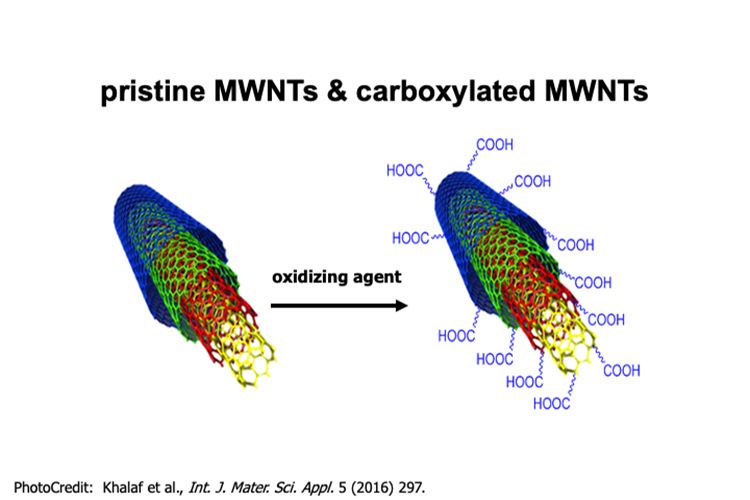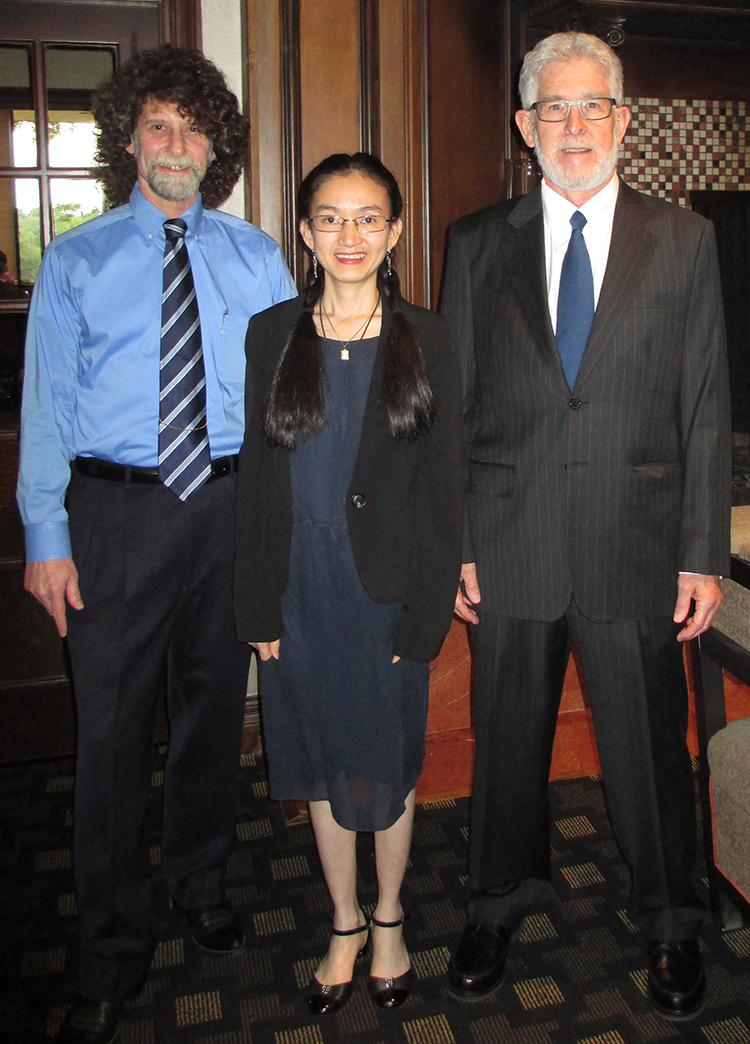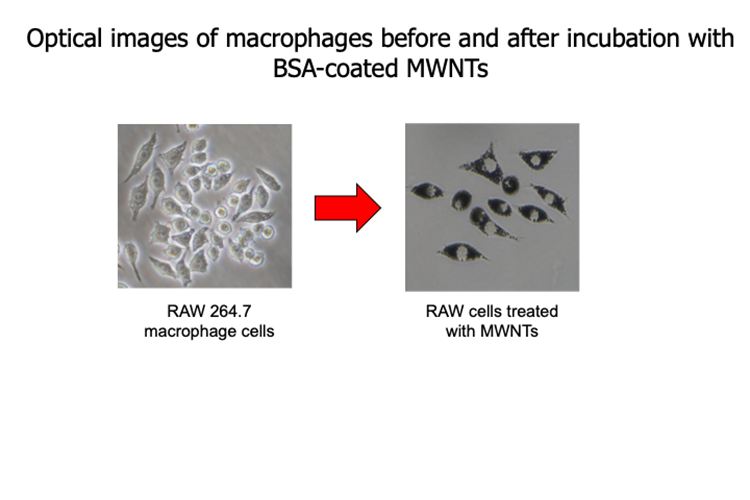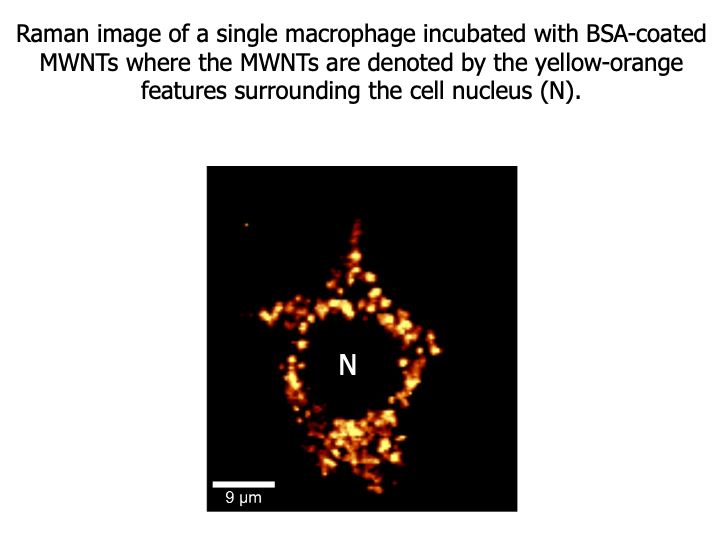by Haywood McNeill

Recent UT Dallas graduate Mai Huynh, PhD’21, received the Editor’s Choice award from the journal Nanomaterials for her research paper on the interactions of carbon nanotubes with mammalian cells called macrophages.
Editor’s Choice articles are selected based on recommendations by the scientific editors at the journal’s publisher. Selections are those the editors believe will be particularly interesting to other authors and leaders in this field.
Huynh, who graduated in May with her doctorate in chemistry, said she felt very honored.

“It means a great deal to me. This accomplishment not only proved to me that my hard work paid off, but also helped me bring this important research topic to many scientists all over the world,” Huynh said.
“I hope that my research findings can provide a background for future studies and discoveries that can make a difference in our lives.”
Carbon nanotubes – tubes made of carbon the diameters and lengths of which are measured in nanometers – have many applications, ranging from the development of artificial muscles to drug-delivery systems. They also are potentially toxic, and researchers at UT Dallas and elsewhere are investigating what special coatings might minimize such toxic effects as well as enhance biomedical applications.
Huynh’s 23-page journal article looks at the interactions of multi-walled carbon nanotubes (MWNTs) with mammalian macrophages, cells that are first responders to foreign invaders in the body.
“My first project was an extensive characterization of the physical and chemical properties of the specific MWNTs I used for my biology projects,” Huynh said. “My second project, which this article was based on, involved determining the MWNT receptors present on macrophages that may play critical roles in the pathogenesis of MWNTs.”
Huynh’s research found that on macrophages, receptors called class A-type 1 scavenger receptors (SR-A1s) are key receptors for MWNTs that have been coated with bovine serum albumin (BSA).
A better understanding of the mechanisms by which MWNTs interact with macrophages should lead to the rational design of nanotoxicity remediation efforts as well as other biomedical applications, said Huynh, a McDermott Graduate Fellow.

“If a person were to experience an accidental inhalation of MWNTs, a solution of a high concentration of serum albumin might be used to inhibit the binding of the MWNTs to the lung cells,” Huynh said.
“Also, covering the surface of MWNTs with an inert coat, such as a serum protein, might make nanotubes less toxic when shipped or used in large industrial amounts. This method has been used by some companies,” she said.
An important approach in Huynh’s work was to knock out the SR-A1 gene, which was thought to code for a carbon nanotube receptor in cells, said Dr. Rockford Draper, professor of chemistry and one of Huynh’s research advisors.
“Mai took the initiative on this idea and asked if she could proceed,” Draper said. “I had reservations and discouraged the idea because making the knockout mutant involved specialized techniques none of us were directly familiar with, and there was no guarantee it would succeed. Mai, however, was determined, and shortly thereafter presented us with a very reasonable quote from a new company that specialized in making custom CRISPR-Cas9 knockout cells.

“Well, this convinced me that she should proceed with the approach, and it was quite successful. A lesson here, for me as a mentor, is to trust in the ingenuity of passionate and committed students,” Draper said.
Dr. Paul Pantano, associate professor of chemistry and Huynh’s other advisor, said the research experience Huynh has gained as a UT Dallas student is excellent career preparation.
“Mai’s first project was also very impressive in that it required her to quickly become skilled with more than a half-dozen new analytical techniques, collaborate with a number of experts across campus, and train and mentor a team of her own undergraduate students to amass all of the required data,” he said. “These are skills that will serve her well in her future endeavors to become a professor and start her own lab.”
Huynh’s research was funded by the Eugene McDermott Fellowship Program and the National Science Foundation Graduate Research Fellowship Program.
Help us leave the planet a better place for future generations. Your support for the School of Natural Sciences and Mathematics funds scientific discoveries with real-world applications, student and faculty recruitment, and academic scholarships.